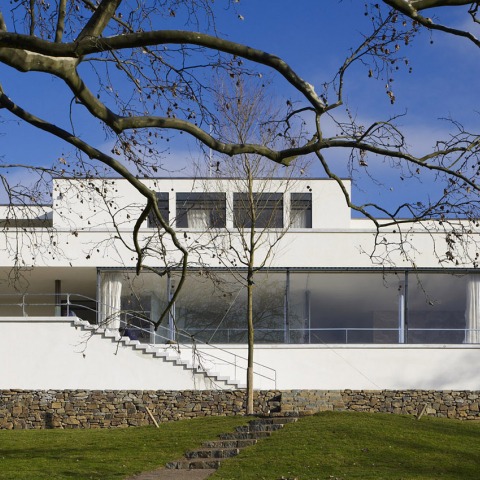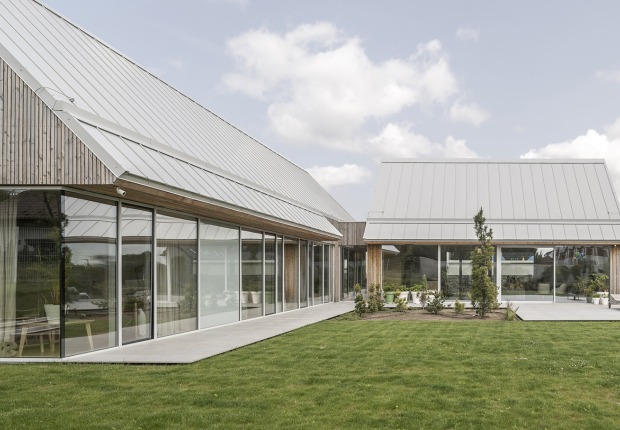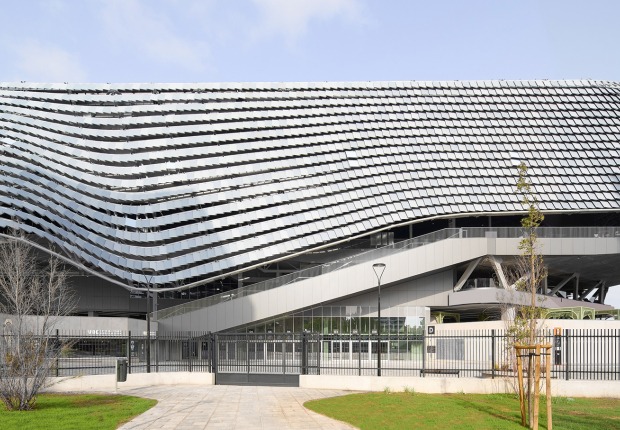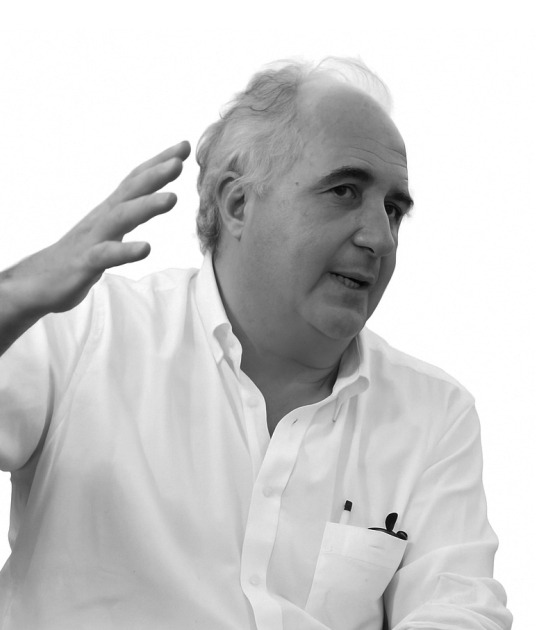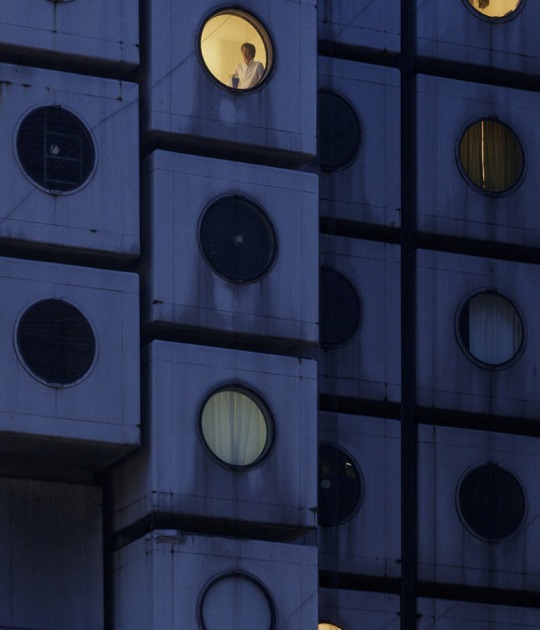The efficient systems of heating and air conditioning, the large windows that, automatically, could go totally down allowed the whole integration between the interior, the exterior terrace and the garden. In the material, model and colour selections for the interior furniture, Mies van der Rohe was assisted by an important modern designer: Lilly Reich. There are suppositions of Reich’s support to Mies in the generation of ideas and the development of the theoretical aspects of his designs.
The Tugendhat, a well-off couple of industrialists contacted the architect to achieve what would be their familiar house, a weeding gift from the bride’s parents. In that moment, Mies van der Rohe was planning his project to the World’s Fair in Barcelona. The Tugendhat didn’t approach coincidentally to Mies, Grete Tugendhat, has lived in Berlin and knowed the work of the architect in the Perls House.
Between 1928 and 1929, Mies designed and prepared the drawings technical of the house. The building started the same year. The Tugendhat gave Mies all the liberty for this work, because the money was no problem for them, they even entrusted the interior design and the furniture.
The house is located in a prairie, giving an air from the street of being one only level. This placement, back to the street, is focussed in the views of the garden and the old town of Brno. The first level (street floor) is here the private rooms are: the rooms and the terrace floor. One lower storey, going down through the stairs, with an opaque glass curvature, is the machine and services facilities. The project retakes some of the ideas of the Barcelona’s pavilion, but at the same time it adapts to the family Tigendhat’s necessities.
The house has a multipurpose area of 280 m² where are: the hall, the dinning-room, the living-room, the sitting room, a studio with library, a cinema-room and an indoor garden. In the exterior is a terrace crossed to gain access to the garden through by outside steps. The service area is clearly separated from the social and family ones.
Mies van der Rohe wanted to liberate the floor of all the partitions to create a clear floor, where the dialectics between the interior and the exterior achieves new limits. The big panoramic glass large windows cover the roof level; inclusively some of them could be put in a downer level by electronic mechanisms, giving a terrace aspect to the place.
The Shantung’s silk curtines are silver-grey and covered by big glass walls. The space is divided by a straight plane of brown and gold onyx a,d by other one, curved of black and light brown Macassar ebony. The floors are of white linoleum, although some parts are covered by wool and oriental carpets. In the sitting room was a sculpture made by Wilhelm Lehmbruck, he same sculptor that had collaborated with Mies in the Barcelona’s pavilion.
The Tugendhat chair and the Brno chair was designed by Mies especially for this house and were upholstered in silver-grey, polished green leather, ruby red velvet and white leather: a daring colour use by Mies’ part. It would be good to highlight that the Tugendhat chair and the Barcelona chair, both of them, despite of having a merely industrial appearance, are a great handicraft work, there are hand-made and in a very small amount. The beauty of theses chairs is still being a sign of distinction, elegancy and luxury.
In the Enoch, the Tugendhat house provoked dissimilar opinions in the critics. In the one hand, architects as Philip Johnson said: “It is like a Parthenon. The photographs do not say absolutely anything about this building!” and on the other hand the ones that considered that the house do not show the basic principles of the Modern Movement, because they though that the house had a radical tendency in the profitability of the building, the used materials, the dimensions and the high price. Of course, the house did not aspire to solve any social problems. Some researchers compare the house with a contemporary one: the Villa Savoye, by Le Corbusier, that cost tenfold less than the Tugendhat house. To make us an idea, only the cost of the onyx partition had the price of a detached house. In that meaning, the Czech ultra-modern individual, Takel Teige, said about it that “it was the height of snobbism”.
The Tugendhat lived there only 7 years due to the imminent arrival of the nationalsocialism the emigrated in 1938. in 1942, the house was registered in the land registry and gave to the Deutches Reich. During the war was used as technical offices of the Ostmark airplane motors factory. In that moment the Lehmbruck’s sculpture and the ebony wall have disappeared. When the war ended in 1945 the red navy billeted in this mansion.
In 1950, Czechoslovakia appeared in the land registry as the owner country of the house. Until this moment the house is used as a state establishment for therapeutic gymnastics.
In 1963 it was declared cultural monument and restored in 1985. the Unesco, in 2001, included it to the list of Universal Patrimony.
The last Works of renovation and restoration of the Tugendhat House made between 20110 and 2012. The Tuesday 29th of February of 2012 was the reopening ceremony of the Tugendhat house after its closing during the renovation works.
“Mr. Tugendhat came to me. First, he received this house as a wedding present. He was a very careful man and he was sick. He did not believe in one doctor only: he had three. He had looked at house, and he wanted to find an architect. He picked me out for a curious reason. He saw a house which I built when I was very young, when I was about twenty years old. It was very well built, and so on. He liked that. He expected something similar. He came to me and talked with me. I went there and saw the situation. I designed the house. I remember that it was on Christmas Eve when he saw the design of the house. He nearly died! But his wife was interested in art; she had some of Van Gogh’s pictures. She said, ‘Let us think it over.’ Tugendhat could have thrown her out.
However, on New Year´s Even he came to me and told me that he had thought it over and I should go ahead with the house. We had some trouble about it at the time, but we can take that for granted. He said that he did not like this open space; it would be too disturbing; people would be there when he was in the library with his great thoughts. He was a business man, I think. I said: ‘Oh, all right. We will try it out and, if you do not want it, we can close the rooms in. We can put in glass walls. It will be the same.’ We tried it. We put wooden scaffold pieces up. He was listening in his library and we were talking just normally. He did not hear anything.
Later he said to me: ‘Now I give in on everything, but not about the furniture.’ I said, ‘This is too bad.’ I decided to send furniture to Brno from Berlin. I said to my superintendent: ‘You keep the furniture the furniture and shortly before lunch call him out and say that you must expect that.’ He said, ‘Take it out,’ before he saw it. However, after lunch he likes it. I think we should treat our clients as children, not as architects.”
